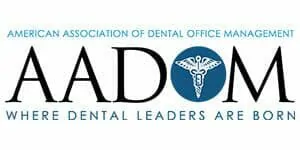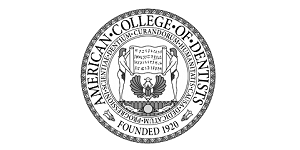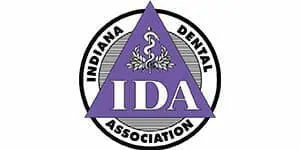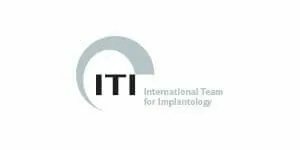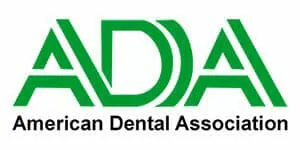Have you ever noticed that one of our first responses to a possible injury is the instant attempt to guard our face and head?
When someone throws a punch or if we get involved in a car accident, our hands and arms fly to our face to try to shield ourselves from any major injury. Most of the time, we do not even contemplate the motion of protecting our face– we just do it automatically.
Maxillofacial trauma is injuries that are at risk for being quickly overlooked, and this error can lead to harmful challenges and irritation later if they are not managed in a timely manner. This sort of facial trauma can cause orbital and nasal fractures, soft tissue damage, mandibular fractures, as well as other concerns. Any kind of suffering that is sustained to the maxillofacial region calls for specialized treatment and consideration due to the fact that so many of our significant sensory systems and fundamental structures are situated in the head, face, and neck.
Mandibular fractures, also known as jaw fractures, are one of the most prevalent skeletal facial injuries only after nasal fractures. Additionally, it is approximated that mandibular fractures create as high as 70% of maxillofacial damages. This is due to the way our jaws naturally extend and since the mandible has a lot less support from the cranium than other areas of the face. The mandibular is a movable U-shaped bone that attaches on either side of the jaw. The flexibility of this bone permits us to move our jaw and it also bears our teeth. The most frequent sources of jaw fractures consist of:
▪ Car Collisions
▪ Falls
▪ Assault
▪ Sporting Activities
Signs and Symptoms of a Bone Fracture
Generally, the mandible will crack in two places: in the area of the direct impact and also in the area directly opposite of the first location. Any kind of trauma sustained to the mandible bone should really be examined by medical professionals within 24 hours of the event. The main symptoms of mandibular fractures involve swelling, soreness, redness, and loss of functionality such as speaking, breathing and eating. In addition, bruising and tingling of the face and neck can accompany these fractures. If a person believes that they have broken the jaw, it is critical to find medical attention quickly. A broken mandible will potentially disrupt the respiratory tract, weakening the ability to breathe.
Trauma to the Teeth
Given that the jaw bone houses all of our teeth, tooth trauma is a problem when dealing with these types of injuries. Malocclusion is the incapability to properly straighten the teeth due to damage. It can occur in just about any combination of places including the anterior and posterior segments, mandibular arch, and the maxillary arch. Additional things to pay attention to can be missing teeth, tooth and root breaks, and also damaged teeth. Treatment plans incorporate corrective dental care, soft tissue repair, orthodontics, temporomandibular joint surgery, and other solutions depending on the type and severity of the injury.
Oral Specialists
After a physician has diagnosed the issue, they will typically refer the patient to an oral or maxillofacial surgeon for further care. Generally, oral and maxillofacial surgeons specialize in the identification and treatment of issues regarding the face territory. These types of experts have been educated in both medical and dental practices to ensure that they are qualified in treating a large variety of common dental surgical conditions including:
▪ Salivary Gland Disease
▪ Oral Cancer
▪ Facial Trauma
▪ Temporomandibular Joint Disorders
Treatment and Recovery
Orthognathic procedures, also referred to as corrective jaw surgery, is done by the OMS– the oral and maxillofacial surgeon–as soon as they have determined that this method is appropriate for the level of damage that the patient is experiencing. Once the jaw has been repositioned or restored, the operating surgeon will choose various solutions to keep the jaw in the new place while it heals. Medical tools like rubber bands, wires, screws, and surgical plates will be installed in the mandible during surgery. Maxillofacial damages and the resulting dental damage require more than just one medical professional to help the patient through treatment and recovery. As an example, endodontists are able to perform root canal surgery and restorative dentists can address damaged and fractured teeth.
For those who require surgical treatments to remedy their injuries, the recovery procedure can take as much as 6 weeks. A soft food diet is essential throughout this time since harder foods can cause the surgical plates to get damaged. Also, an excellent oral health schedule at the time of the initial couple of weeks immediately after the procedure will allow the surgery site to defend against any form of infection. According to the King’s College Hospital, the patient should cleanse their mouth out with warm salt water or mouthwash approximately 3 times a day for a week immediately after the surgical operation. A small soft-bristled toothbrush, similar to a child’s, is perfect to clean the teeth around the surgery site. The King’s College Hospital additionally advises that patients don’t smoke throughout the recovery process as it can maximize the likelihood of infection.
Maxillofacial damage can be triggered by a number of experiences. It is necessary for the patient to seek medical attention as soon as possible if they believe that they might just have received damage to the facial location, or if they experience any one of the complications that have been detailed in this article.
Do you follow Dr. Gradeless on Facebook? Dr. Gradeless posts more useful dental information and trivia for his patients over there. Check us out!


